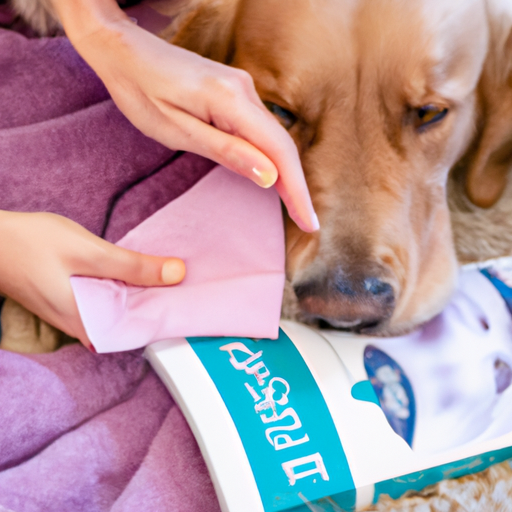As a dog owner or a caregiver, it’s only natural to worry about your fur baby’s health. You may have noticed a crusty substance around your dog’s eyes, commonly referred to as “eye boogers.” While it’s normal for your pet to have some amount of discharge, excessive accumulation can often indicate an underlying health issue. In this guide, we will delve into the causes of eye boogers in dogs, how to safely clean them, and preventive measures to keep your dog’s eyes clean and healthy.
Table of Contents
- Causes of Eye Boogers in Dogs
- Techniques to Safely Clean Eye Boogers
- Preventive Measures for Eye Boogers
- Frequently Asked Questions
Key Takeaways
- Eye boogers in dogs can be caused by various factors including allergens, bacterial infections, and tear duct issues.
- Using a clean cloth or pet wipes with lukewarm water is a safe method to clean eye boogers.
- Regular grooming and vet check-ups are essential preventive measures.
- Always consult a vet if the discharge is excessive, colored, or your dog shows discomfort.
Causes of Eye Boogers in Dogs
Just like humans, dogs too produce tears that help keep their eyes lubricated. When these tears dry out, they form what we commonly refer to as ‘eye boogers.’ However, excessive discharge can be due to a range of issues, such as:
- Allergies: Dogs can be allergic to various substances like pollen, dust, certain foods, etc. These allergens can cause eye irritation leading to excessive discharge.
- Bacterial or Viral Infections: Conjunctivitis is a common eye infection in dogs that results in increased eye discharge.
- Tear Duct Issues: If a dog’s tear duct is blocked or not functioning properly, it can lead to tear staining and excessive discharge.
It’s important to work with your vet to determine the cause of your dog’s eye boogers, as they can guide you in the appropriate treatment. This article provides a more extensive list of possible causes.
Techniques to Safely Clean Eye Boogers
With the right approach, you can safely clean your dog’s eye boogers at home. Here are the steps:
- Use a Clean Cloth or Pet Wipes: It’s crucial to use a clean, soft cloth or pet-specific wipes to avoid introducing new bacteria to the eye area.
- Use Lukewarm Water: Dip the cloth or wipe in lukewarm water. The warmth helps soften the crusty discharge.
- Clean Gently: Gently wipe the area around the eyes, being careful not to touch the eye itself. If the discharge is hard to remove, you can place the warm cloth over the area for a few moments to soften it.
- Dry the Area: After cleaning, gently pat dry the area to prevent moisture from encouraging bacterial growth.
For more information about safely cleaning your dog’s eyes, this guide can be quite helpful.
Preventive Measures for Eye Boogers
Prevention is always the best cure. Regular grooming and vet check-ups can help prevent the buildup of eye boogers in your dog. Here are some preventive measures:
- Regular Cleaning: Make cleaning your dog’s eyes a part of their grooming routine. This will prevent the buildup of discharge and keep their eyes clean.
- Adequate Hydration: Keeping your dog hydrated can help maintain their eye health.
- Vet Check-ups: Regular vet check-ups can ensure that any underlying health issues are detected and treated early.
You can find more preventive measures in this article.
Frequently Asked Questions
1. Are eye boogers normal in dogs?
Yes, a small amount of eye boogers is normal in dogs. However, if the discharge is excessive, colored (yellow or green), or if your dog seems uncomfortable, it’s best to consult a vet.
2. Can I use human eye drops for my dog’s eye boogers?
No, human eye drops may not be suitable for dogs and can potentially cause harm. Always consult your vet before using any medication on your pet.
3. How often should I clean my dog’s eyes?
Cleaning your dog’s eyes should be a part of their regular grooming routine, which can be once a week or more, based on your vet’s recommendations.
In conclusion, eye boogers in dogs are quite common and can be managed with regular cleaning and preventive care. However, always consult your vet if you notice any changes in your dog’s eye discharge or if they show signs of discomfort. For more information on dog eye care, check out this informative guide.



